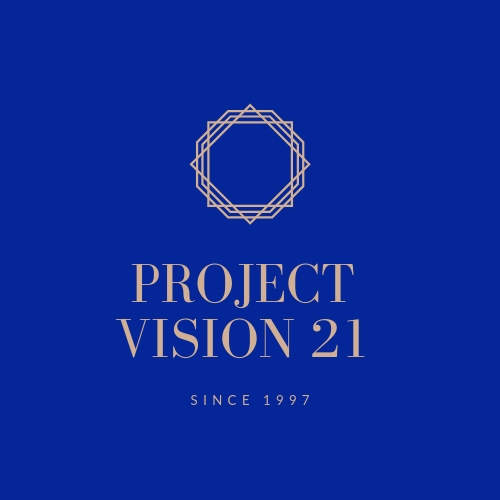Francisco Miraval
Last week, I visited Assumption Greek Orthodox Cathedral in Denver, where I had the opportunity of admiring the paintings on the ceiling of the golden dome on top of that church. I do not belong to the Greek Orthodox tradition, but I could hardly contain my enthusiasm to see all those images that, leaving all theological debates aside, clearly tell a story.
In other words, regardless of your beliefs, looking at those images inside the Greek Orthodox Cathedral in Denver you can only think about the ideas, doctrines, and thoughts those images represent. In fact, those images are there precisely for people to have some kind of access to those thoughts and doctrines.
I was thinking about those images when I was reading two recent issues of Education Week, an outstanding publication I have been subscribed for many years and I eagerly read every week.
In one of those issues, there is a story about Latinos students and, next to the story, there is a picture of a Latino family. The picture shows a (typical?) Latino family (the father, the mother, the son, and the daughter), standing in front of the mobile home where they probably live. Their clothes reveal their low-income status.
Since I have learned during my visit to the Greek Orthodox Cathedral that images reveal and contain ideas, beliefs, doctrines, and thoughts, I asked myself what kind of ideas about Latinos were contained in the image published by Education Week.
Before answering the question, I looked at another issue of that fine publication. This time, the story, also about Latino students, included pictures of teen Latinas, either pregnant or already married and with children.
It will be irrational and even obscene to deny that poverty and other social problems do affect the Hispanic community. In fact, Colorado (where I live) has the “distinction” of being the state with the highest percentage of growth (72 percent) in childhood poverty in country during the past decade. And many of those new poor children are Latino.
At the same time, it will be disrespectful to the Hispanic community for anybody to think that all Hispanics are facing those difficult and challenging situations. In fact, it will be a mistake, and perhaps even prejudicial, to assume that the images published by Education Week represent all Latino families and students.
Many people will only look at the pictures and never read the story next to the pictures. For that reason, even if the story clearly explains what is being done to revert undesirable situations in the Hispanic community, those explanations may not be read.
I am absolutely sure the publication I already mentioned has no intention of being disrespectful toward the Latino community. But I also know that more than one reader uncritically accepted the messages contained in the pictures.
A well-known adage says that a picture is worth a thousand words. However, that same adage does not clarify if the picture is a true representation or a distortion of the reality.

Comments
There are currently no blog comments.